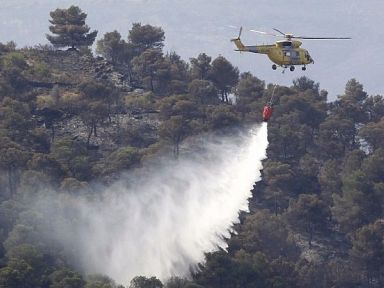Jet A1
Jet A1 is the name given to the fuel type whose main substance is kerosene and which is currently used in the jet engine passenger and cargo planes around the world.
Kerosene, the main substance of Jet A1, is actually an inflammable hydrocarbon liquid. It was derived from the Greek word “keros”.
Kerosene is the gas oil expressed as “paraffin oil”.
It is obtained by distilling the oil very finely at 150°C to 270°C. It is generally used for heating and lighting.
It inflames more difficultly than gasoline, but it provides more heat. Its flash point is 38°C. It does not inflame with any flame contact below this temperature.
However, the vapor of kerosene, namely of Jet A1 in a sense, may flash quite easily and cause a fire beyond the expectations.
In such cases, foam, chemicals and water mist must be used to extinguish fire.
The freezing point of kerosene is about -47°C.
It is preferred as “aviation fuel” due to those properties, namely because that it does not freeze easily at low temperatures in high altitudes and minimize the risk of fire as much as possible in case of an accident.
Jet A and Jet B type aviation fuels are also available in addition to Jet A1.
The main difference between Jet A1 and Jet A1 is their flash and freezing points.
Jet A inflames at 51°C and freezes at -40°C.
Jet B type naphtha-kerosene fuel oil whose freezing point decreased up to -60°C is rarely used in commercial airline sector.




.jpeg)